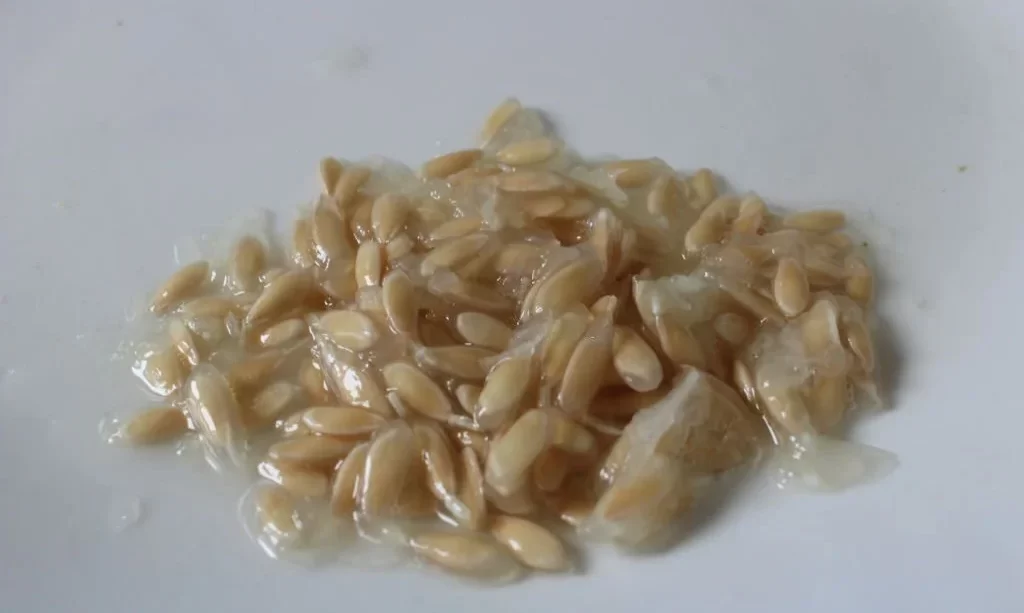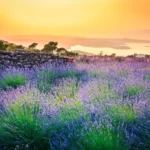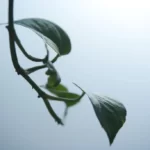Growing cucumbers in your garden can be a delightful experience, providing fresh and crisp additions to your salads, sandwiches, and pickling jars. If you’ve ever wanted to take your cucumber gardening to the next level, seed saving is a rewarding endeavor. This guide will walk you through the process of saving seeds from cucumbers, ensuring that you can continue growing your favorite cucumber varieties in the seasons to come. By following these steps, you’ll not only save money on buying seeds but also preserve the traits of cucumber plants you’ve come to love.
- 🥒 A smooth, long, cucumber with dark and crunchy skin, the Beit Alpha is quickly becoming a gardener favorite. It is burpless, not bitter, and doesn’t need to be peeled.
- 🌱 The fruit are on average 8-12” long and are great for pickling or eating raw. This cucumber is a parthenocarpic variety, you can grow in a greenhouse without pollinators.
- 💦 This variety also needs nutrient rich and moist soil, and in the hot summer months it is a good idea to hav some afternoon shade. It will thrive if you harvest often which will encourage continued growth and harvests. Open-Pollinated.
- 👩🌾 Trellis growing is a smart way to conserve space in a smaller home garden.
- 🐝 The Beit Alpha cucumber is commonly self-pollinating, however, to ensure proper pollination and increase the yield, hand-pollination is sometimes used. This involves transferring pollen from the male flowers to the female flowers using a small brush or a cotton swab. It’s important to pollinate the flowers early in the morning when the flowers are open and the pollen is most viable.
Selecting the Right Cucumbers
- Choosing Open-Pollinated Varieties: To begin your cucumber seed-saving journey, it’s essential to start with the right cucumber varieties. Opt for open-pollinated or heirloom cucumber varieties. These types of cucumbers produce seeds that will grow into plants with characteristics similar to the parent plant. Open-pollinated cucumbers are excellent for seed saving because they maintain their genetic traits over generations.
- Avoiding Hybrid Cucumbers: Hybrid cucumber varieties, often labeled as F1 hybrids, are not ideal for seed saving. These cucumbers result from the crossbreeding of two different cucumber varieties and may not produce seeds with consistent traits. If you intend to save cucumber seeds, it’s best to steer clear of hybrids and focus on open-pollinated or heirloom options.
By starting with the right cucumber varieties, you lay the foundation for successful seed saving. Next, we’ll explore the steps involved in harvesting and preserving cucumber seeds to ensure you have a steady supply of cucumber seeds for your future gardening endeavors.
Harvesting Cucumber Seeds
- Selecting Mature Cucumbers: To begin the seed-saving process, you’ll need mature cucumbers. Look for cucumbers that have reached their full size and have a deep color. Typically, these cucumbers are larger and may have thicker skins compared to those harvested for immediate consumption.
- Extracting Seeds: Cut the mature cucumber in half lengthwise using a clean knife. Inside, you’ll find the seeds surrounded by gel-like pulp. Use a spoon to scoop out the seeds along with the surrounding pulp, placing them in a bowl or container. Be gentle to avoid damaging the seeds.
- Cleaning and Separating: Rinse the seeds and pulp under cool, running water to separate the seeds from the pulp effectively. Use your fingers to gently rub the seeds and remove any remaining bits of pulp.
Fermenting Cucumber Seeds
- Fermentation Process: Cucumber seeds have a natural gel-like coating that can inhibit germination if not removed. To remove this coating and prepare the seeds for planting, you’ll need to ferment them.
- Creating a Fermentation Solution: Place the cleaned cucumber seeds in a glass jar or container. Add an equal amount of water to the seeds, creating a mixture of seeds and water. Seal the container loosely with a lid or a cloth secured with a rubber band.
- Fermentation Period: Allow the seed and water mixture to ferment for approximately 3 to 5 days. During this time, beneficial bacteria will break down the gel coating on the seeds.
- Stirring Daily: Stir the mixture daily to aid in the fermentation process. You may notice bubbles forming during fermentation; this is a sign that the gel coating is breaking down.
- Mold Formation: It’s normal for a mold to form on the surface of the fermentation solution. This mold helps in the breakdown process and is not harmful to the seeds.
- Rinsing and Drying: After the fermentation period, pour the mixture through a fine-mesh strainer or sieve to separate the seeds from the solution. Rinse the seeds thoroughly under running water to remove any remaining residue. Spread the cleaned seeds on a paper towel or a plate to air dry for several days. Ensure they are completely dry before storing them.
Fermenting cucumber seeds is a crucial step in preparing them for storage and future planting. The fermentation process removes the gel coating, preventing it from inhibiting germination when you plant the seeds in your garden. After the seeds are fully dried, they are ready for storage until the next planting season.
Storing Cucumber Seeds
- Ensuring Complete Drying: Before storing cucumber seeds, it’s essential to make sure they are thoroughly dry. Dry seeds store better and have a longer shelf life.
- Sealing in Airtight Containers: Place the completely dried cucumber seeds in airtight containers, such as glass jars, envelopes, or small seed packets. Properly labeled containers make it easy to identify the cucumber variety and the date of harvest.
- Optimal Storage Conditions: Store your cucumber seeds in a cool, dry place. Avoid exposure to direct sunlight and moisture, as both can reduce seed viability. A dark cupboard or a refrigerator set to a low humidity level are suitable storage locations.
- Splatter-resistant microwaving with built-in vents under latches; resists stains and odors for long-lasting use
- Stacks perfectly to one another to save space and stay organized in the pantry or fridge
- International products have separate terms, are sold from abroad and may differ from local products, including fit, age ratings, and language of product, labeling or instructions
- Safe for the dishwasher, microwave and freezer
Testing Seed Viability
- Germination Test: Before planting saved cucumber seeds in your garden, consider performing a germination test. This simple test helps determine if the seeds are still viable.
- Testing Process: Place a few cucumber seeds between damp paper towels or in seed trays and keep them in a warm location. After a week or two, check for sprouted seeds. The percentage of seeds that sprout will give you an idea of the seed’s viability.
- High Viability: If most of the tested seeds sprout, your saved cucumber seeds are still viable and suitable for planting in your garden.
- Low Viability: If only a few seeds sprout or none at all, it may be time to consider obtaining fresh cucumber seeds for optimal germination rates.
Conclusion
Saving cucumber seeds is a fulfilling practice that allows you to maintain the traits of your favorite cucumber varieties, save money on buying new seeds, and promote sustainability in your gardening endeavors. By selecting the right cucumbers, harvesting and fermenting seeds, and storing them properly, you can ensure a steady supply of cucumber seeds for future planting seasons.
Remember to periodically test the viability of your saved cucumber seeds to guarantee successful germination. With these steps, you can enjoy a bountiful cucumber harvest year after year, all while relishing the satisfaction of nurturing your garden from seed to harvest.





